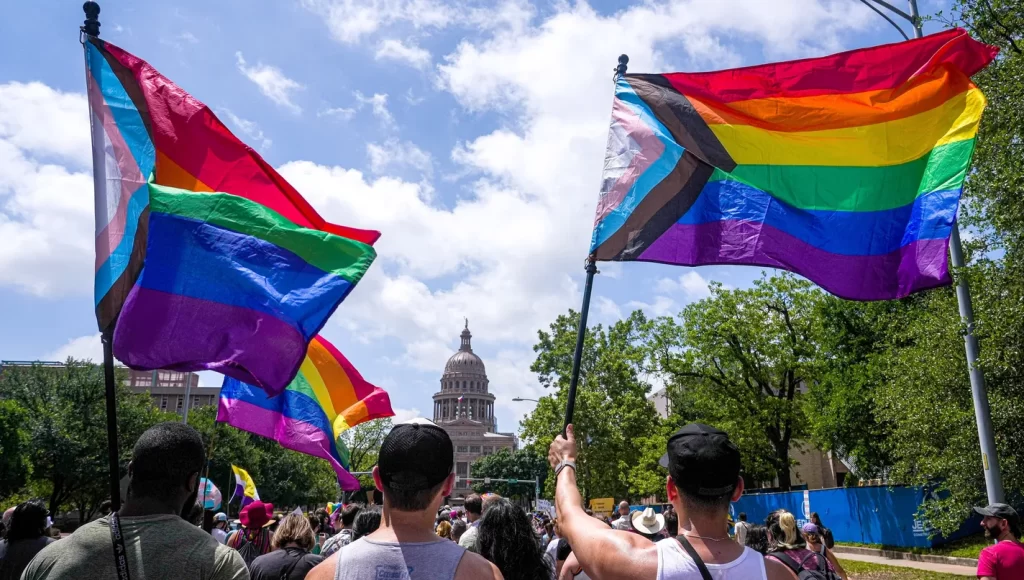It’s finally June, and we can’t keep calm! It is time to stand in solidarity with the community which has often been marginalised and continues to fall prey to unwarranted hate speech, violence, and unfounded phobia. Yes, we are talking about the queer community. But how does one even group a community which represents people from all walks of the spectrum? Perhaps, it’s the tell-tale signs of queerness. Just kidding, that’ll be called stereotyping, and one mustn’t conform to the hegemonic definitions of performance. Another way is as simple as textile prints, AKA, the Pride Flag.

Maybe it’s Skittles, Maybe it’s a Rainbow
Seldom, pride is seen as a Western concept. Homosexuality, transsexuality, and gender identities have indeed been chronicled in Indian manuscripts, case in point Arjun’s queer identity as Brihannala in Mahabharata, Lord Shiva’s avatar as Ardhanarishwara, and the Dravidian minor god, Aravan. However, each of these identities was influenced by religion or spirituality and hence was quite individualistic. There wasn’t a social identity which accommodated queer individuals as a community.
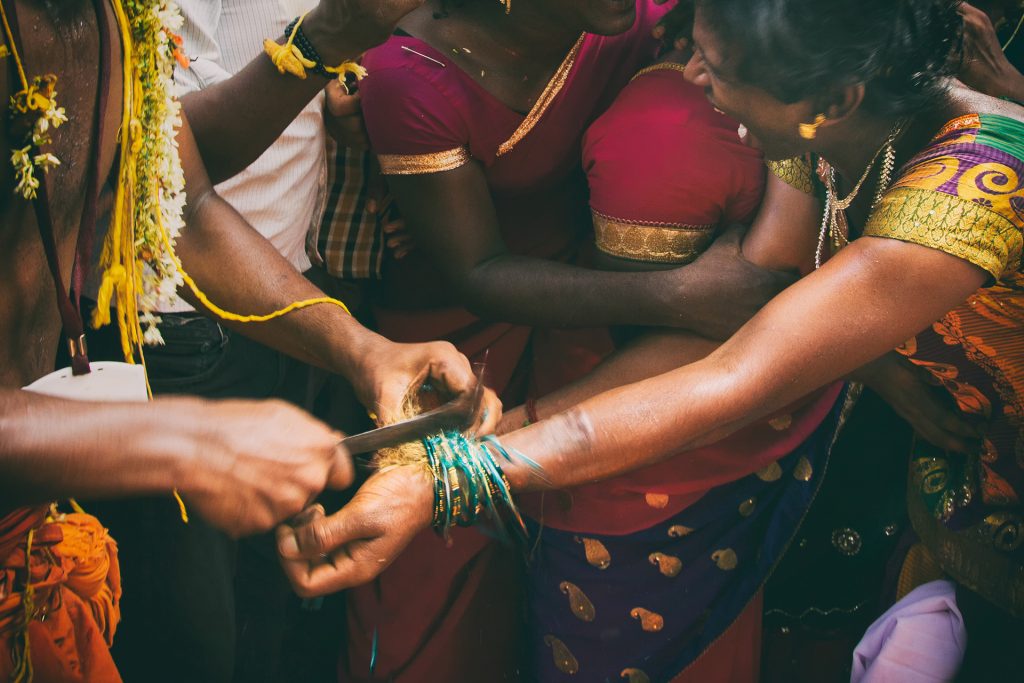
The New York Stonewall riots happened in June 1969. Who’d have thought that a simple brick thrown by trans icons (accounts still vary about the identity, although it is largely attributed to Marsha P. Johnson and Sylvia Rivera) would ignite a transnational movement which continues to reverberate across the world? June might be a focal month for queer celebration and the accompanying rainbow capitalism or gay shame, but the spirit of pride is evergreen.

The Original Pride
It wasn’t until 1978 that the pride flag came into existence. It was created by drag queen activist Gilbert Baker, urged by the first openly elected US official, Harvey Milk. The decision came not on a whimsy but as a desire to include the members of the LGBT community, under a single umbrella. Baker inspired the colours of the rainbow, which forms the white light, a symbol of purity, and made the original flag in eight tantalizing colours.
- Hot Pink – Sex
- Red – Life
- Orange – Healing
- Yellow – Sunlight
- Green – Nature
- Turquoise – Art
- Indigo – Harmony
- Violet – Spirit
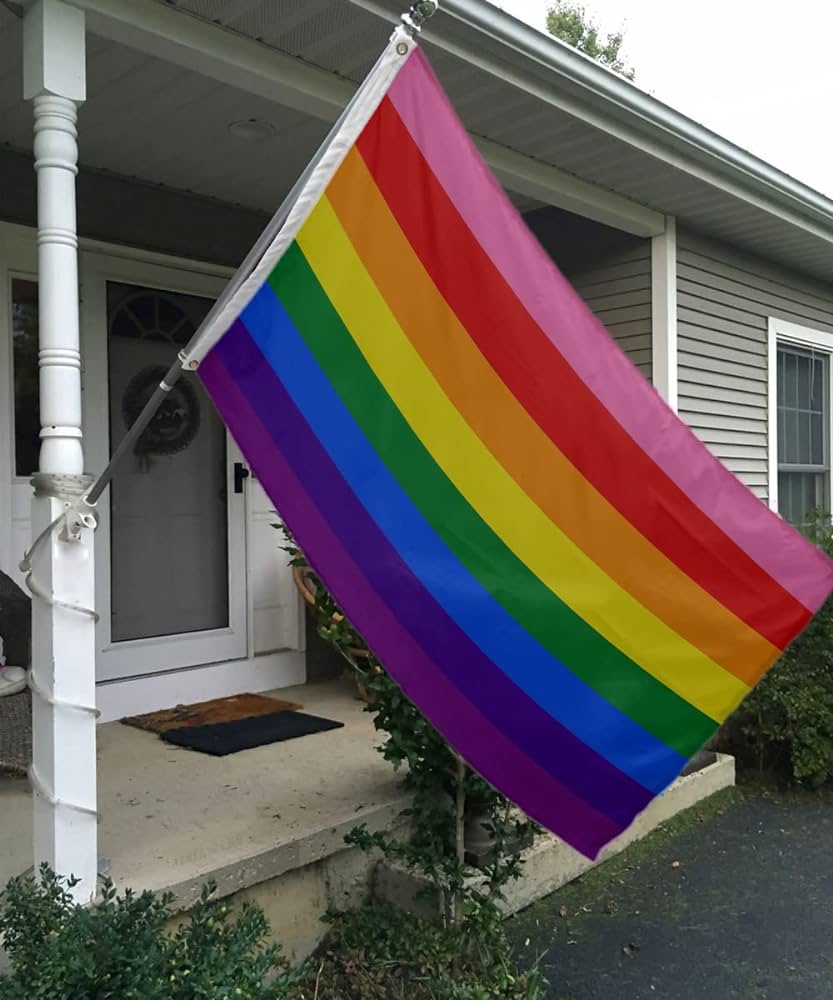
This version of the rainbow flag was flown in June 1978 at the San Francisco’s Gay Freedom Day Parade. At the moment, where even words are trademarked (we are eyeing you, Cardi,) Baker outright refused to trademark his creation, giving the flag to the community to stand as the sign for visibility and truth. For the forthcoming events, he decided to mass-produce the flag for mass consumption. However, due to the unavailability of pink, turquoise, and indigo, the original eight strips were shortened to six, with blue replacing indigo. This is the most common iteration of the pride flag, which you may see at your local pride events.

Pride in Progression
As has been the norm, progress happens in the hierarchical order of power. Nobody would argue that cis-gendered white people have been at the epicentre of power for the longest time. However, in doing so, one forgets about the experiences of people of colour, gender non-conforming, intersex individuals, and transgender community. As the years grew by, the need to assimilate the identities of an even broader spectrum emerged. This brings us to the creation of the New Progress Pride Flag.

In 2021, the newest pride flag was unveiled by intersex activist Valentino Vecchietti. The new flag brought visibility to the largely ignored intersex individuals, who were often ostracised by society due to their biological sex characteristics, which never fit into the binary perceptions of sex and gender at large. The new flag retained elements of the Philadelphia Pride Flag (brown and black), representing queer people of colour; and the Transgender Pride Flag (light blue, pink, and white). In addition, it included a purple circle over a yellow triangle. These two colours deviated from the gendered perspective of blue and pink. The triangle also represents an arrow, signifying the fact that progress is yet to come.
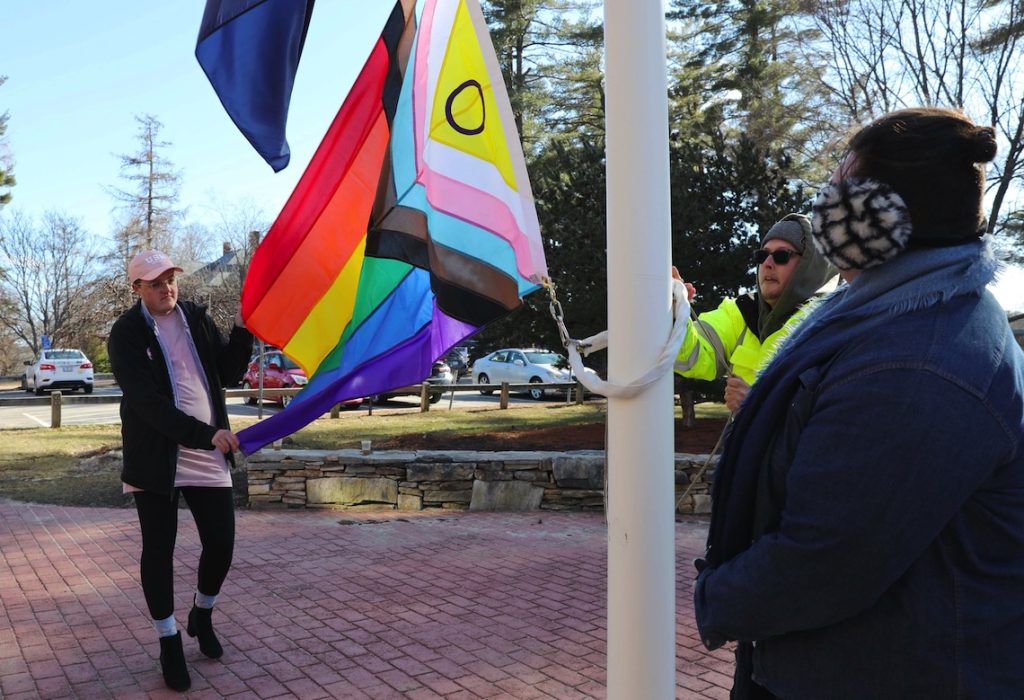
A Flag For You, A Flag For Me
Throughout the years, pride flags have undergone constant scrutiny, which has resulted in artists creating their unique flags to promote the visibility of a particular community. For example, the lesser known pansexual flag represents gender-blind attraction. On the other hand, the Maverique pride flag stands for a genderless community. This begs the question, do we need more flags? The most logical answer – YES!
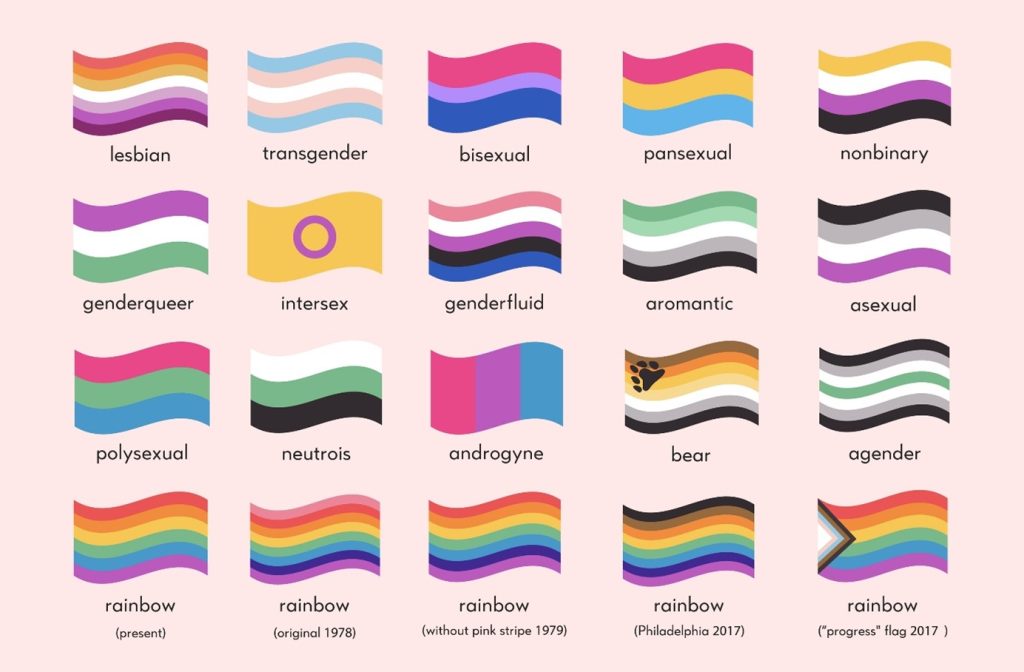
At its core, the Pride Flag (whichever you wish to wave, albeit high) is a symbol of hope and community. They say, ‘Blood is thicker than water.’ But what about those who have been shunned by their blood? In moments like these, family is who welcomes you, who shelters you, who embraces you, who celebrates your individuality, and who gives you a sense of belonging. And for us, the pride flag is that family. Whether you are heterosexual, bisexual, trans, or non-binary, you will find a place in the vastly growing community.

And that’s the reason, why pride is never a red flag!
Image Courtesy – The Economist

Hi Ya’ll !!
I love writing about pop culture and all things queer.
Sub Editor at Abir Pothi

